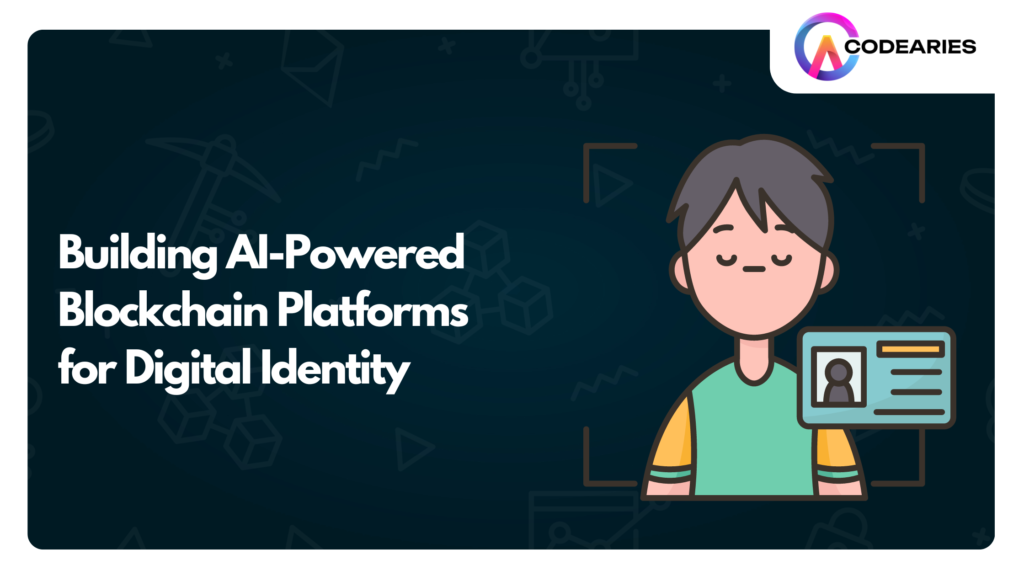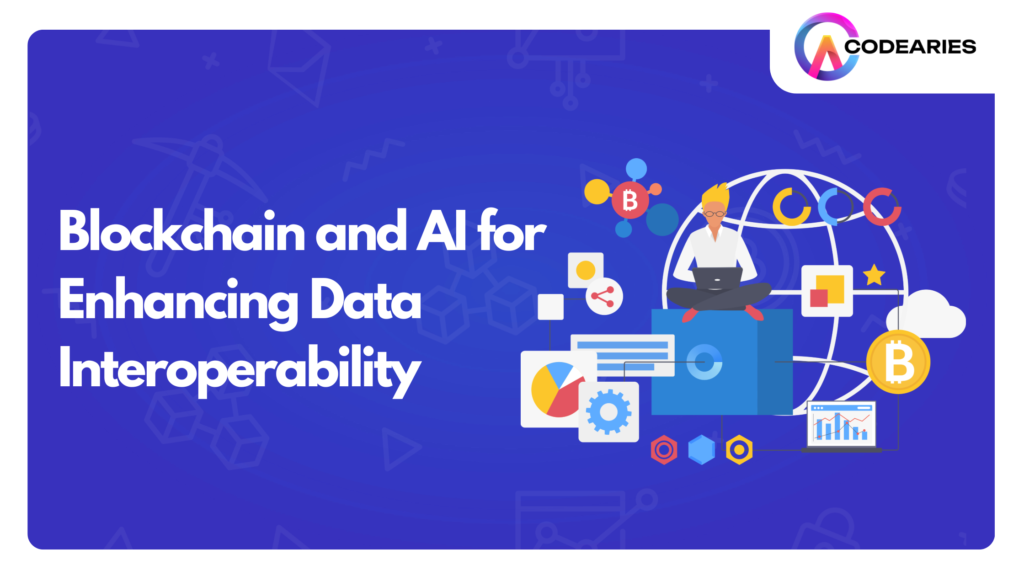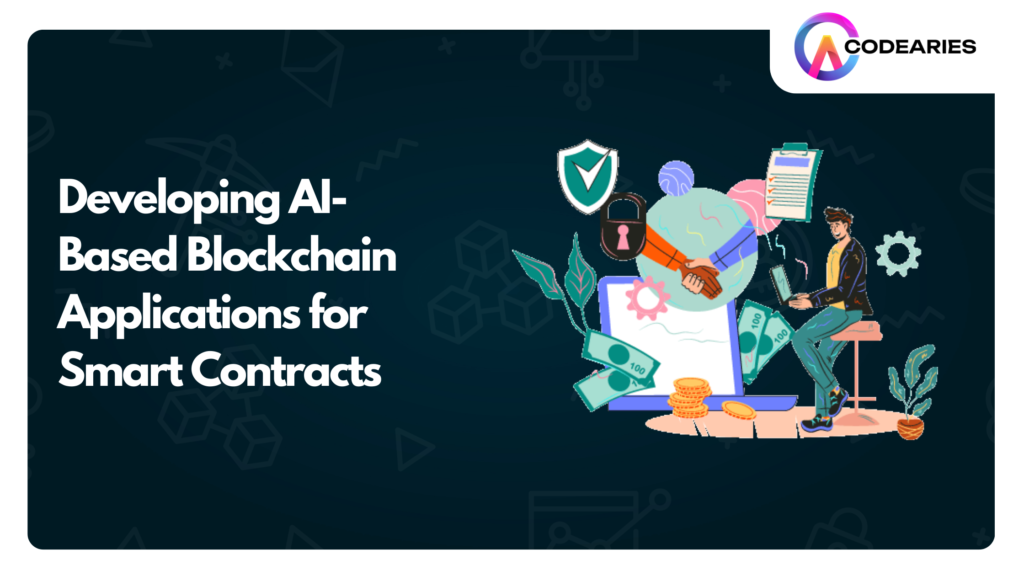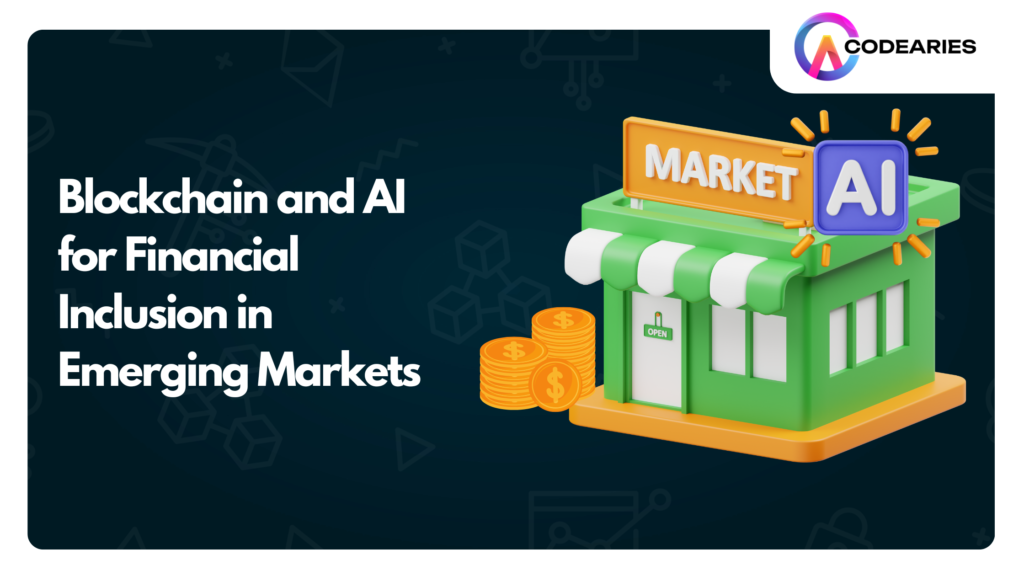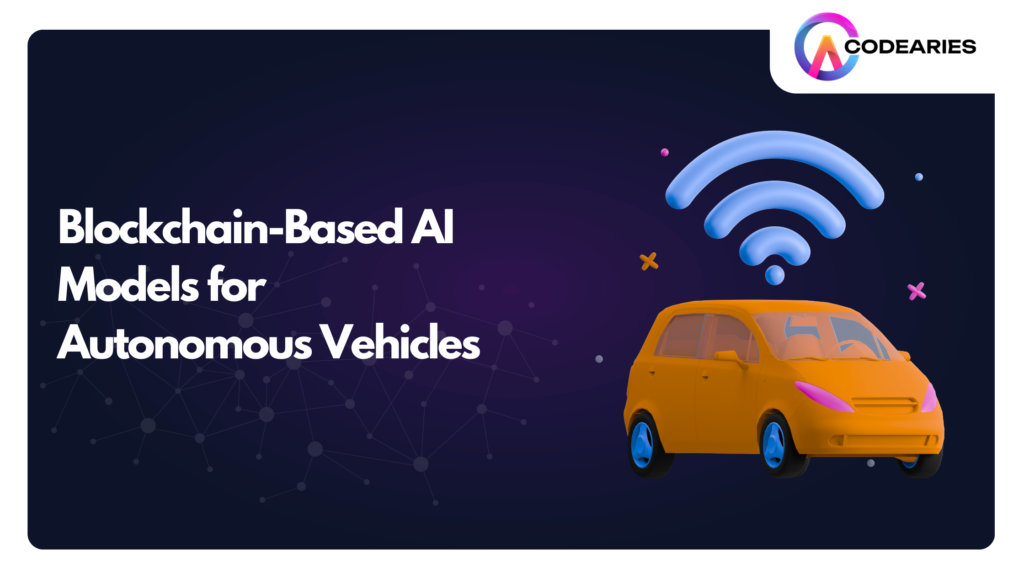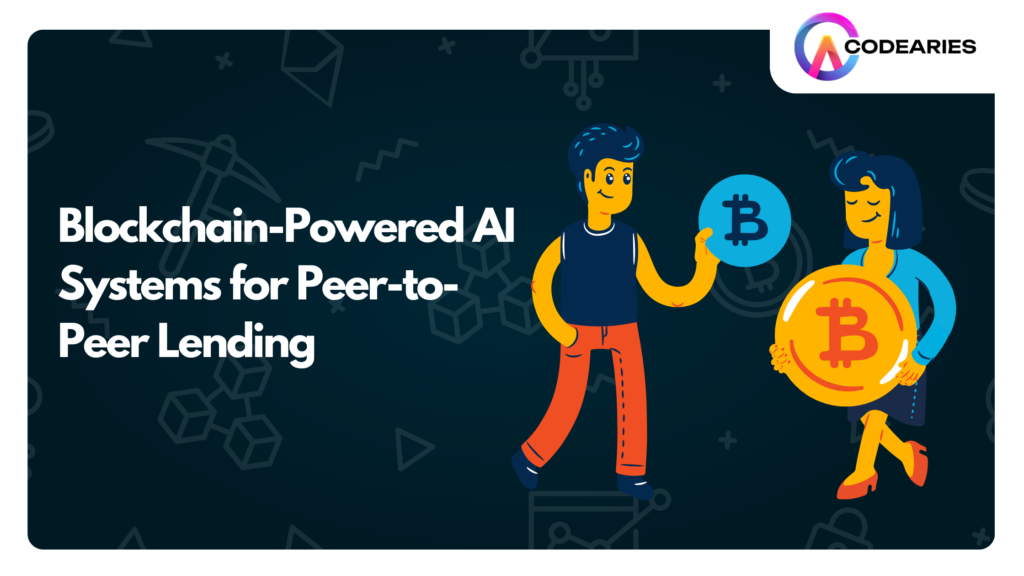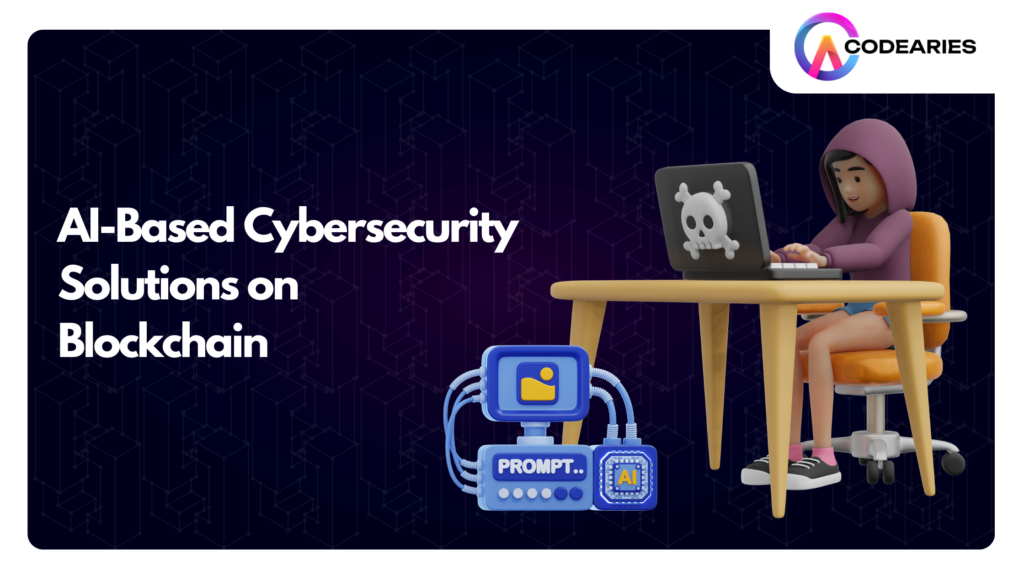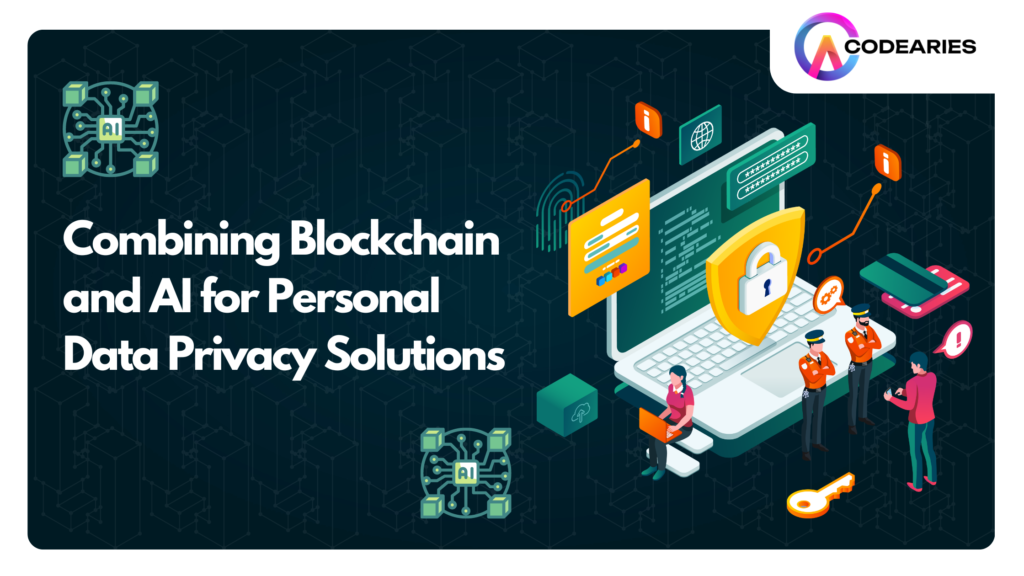Building AI-Powered Blockchain Platforms for Digital Identity
Read 7 MinDid you know that 45% of Americans have had their personal information compromised by a data breach in the last five years? Also, 86% of data breaches involve stolen credentials. How identities are managed today is deeply flawed. From usernames and passwords to third-party authentication systems, significant weaknesses leave individuals and businesses vulnerable. Centralized databases hold massive amounts of personal data, making them prime targets for hackers. Even with advanced encryption techniques, these centralized systems are prone to breaches, exposing millions of people to identity theft or fraud. The complexity of managing multiple identities across different platforms also creates inefficiencies and a lack of user control. The current digital identity system is in dire need of an overhaul, and that’s where AI-powered blockchain solutions come in. Key Elements of Digital Identity Digital Identity encompasses various essential components. Here’s a breakdown of the key elements: Personal Identifiers Unique identifiers are specific numbers or codes that set individuals apart, such as national ID numbers (like India’s Aadhaar), driver’s license numbers, and passport IDs. Biometric data refers to distinctive physical characteristics, including fingerprints, facial recognition, and iris patterns, for verifying Identity. Credentials Passwords and PINs are secret codes that grant access to online accounts. Security tokens are devices or apps that generate one-time authentication codes. Digital certificates are electronic documents that verify individuals’ or organizations’ identities. Data Security Encryption is the method of converting data into a coded format to prevent unauthorized access. Authentication verifies a user’s Identity before granting system access, while authorization determines their permissions. Access control involves measures to restrict access to sensitive information, and data privacy focuses on protecting personal information from unauthorized use or disclosure.The integration of these components is vital for creating a secure and trustworthy digital identity. For example, personal identifiers facilitate user authentication, while credentials (like passwords) add another layer of security. Data security measures are crucial in protecting sensitive information linked to an individual’s Identity. Blockchain and Its Impact on Digital Identity Blockchain technology is increasingly recognized as a viable solution for decentralized identity management, offering distinct advantages over conventional centralized systems. How Blockchain Transforms Identity Management Blockchain utilizes a distributed ledger system, removing centralized control and reducing the risk of single points of failure and data breaches. Once information is recorded on the blockchain, it remains immutable, ensuring the integrity of identity data. Transactions are transparent, allowing all participants to verify identity claims, which builds trust. Individuals retain control over their identity data, deciding who can access it and how it is used. Blockchain-based identity solutions can connect seamlessly, enabling users to share their information across different platforms. For example, a user could use their blockchain-based ID to access services across various applications without creating separate accounts for each. Key Advantages of Blockchain for Digital Identity Enhanced Security: The decentralized blockchain structure significantly lowers the risk of data breaches and identity theft. Increased Trust: The transparency and immutability of blockchain enhance user confidence in the authenticity of identity information. Greater User Control: Individuals have more authority over their identity data, empowering them to make informed choices about its use. Reduced Dependence on Central Authorities: By eliminating the need for central identity information management, blockchain mitigates the risks of censorship and discrimination. Enhancing Digital Identity Security with AI Artificial Intelligence (AI) is revolutionizing digital identity security by analyzing data, recognizing patterns, and adapting to emerging threats. It is an essential ally in safeguarding personal information. Key Contributions of AI Advanced Threat Detection: AI can spot unusual user behaviours and network anomalies, detect phishing attempts, and block malware before it causes harm.Biometric Authentication: AI enhances the accuracy of biometric methods like facial recognition and fingerprint scanning while differentiating between live users and spoofed data.Behavioral Analytics: By monitoring user activity, AI can identify unauthorized access and assess risks in real-time.Adaptive Authentication: AI adjusts authentication methods based on context, requiring additional steps for high-risk transactions or suspicious activities.Fraud Prevention: AI instantly detects fraudulent patterns in transactions and assigns risk scores to prioritize further investigation.Continuous Learning: AI adapts to new threats through machine learning, helping organizations stay ahead of cybercriminals. The Importance of Privacy in Digital Identity: Safeguarding User Privacy with Blockchain and AI Imagine having your personal information stolen, leading to identity theft or financial fraud. Scary, right? Unfortunately, unauthorized access to our data can result in severe consequences. Beyond theft, sharing sensitive information can expose individuals to discrimination based on race, gender, or health status. Plus, with the rise of surveillance, excessive data collection threatens our freedom and privacy. Blockchain and Privacy Blockchain technology shines as a guardian of privacy in digital Identity. Deciding data across a network minimizes the risk of single points of failure, making data breaches less likely. Once recorded, data on a blockchain is nearly impossible to alter, ensuring that personal information remains intact. Users can engage in the digital realm through pseudonyms, keeping their real identities under wraps and having complete control over who accesses their information—empowering them with consent-based sharing. AI and Privacy Artificial Intelligence is also a key player in the privacy game. It can anonymize data, making it nearly impossible to trace back to individuals. Techniques like differential privacy introduce a layer of noise to datasets, protecting individual identities while allowing for valuable analysis. Plus, privacy-preserving machine learning enables algorithms to work with data without exposing sensitive information, adding another layer of security. Use Cases of AI-Enhanced Blockchain in Identity Management The fusion of artificial intelligence (AI) and blockchain technology opens up exciting possibilities for identity management across various sectors. Here are some dynamic use cases that showcase their potential: Supply Chain Transparency and Authenticity Product Provenance: Imagine being able to trace the journey of a product from its source to your hands. AI can analyze blockchain data to ensure authenticity and help combat counterfeiting, giving consumers peace of mind about what they buy. Ethical Sourcing: AI can identify suppliers who follow ethical and sustainable practices, fostering trust and responsibility in purchasing decisions. Healthcare Records Management Secure

